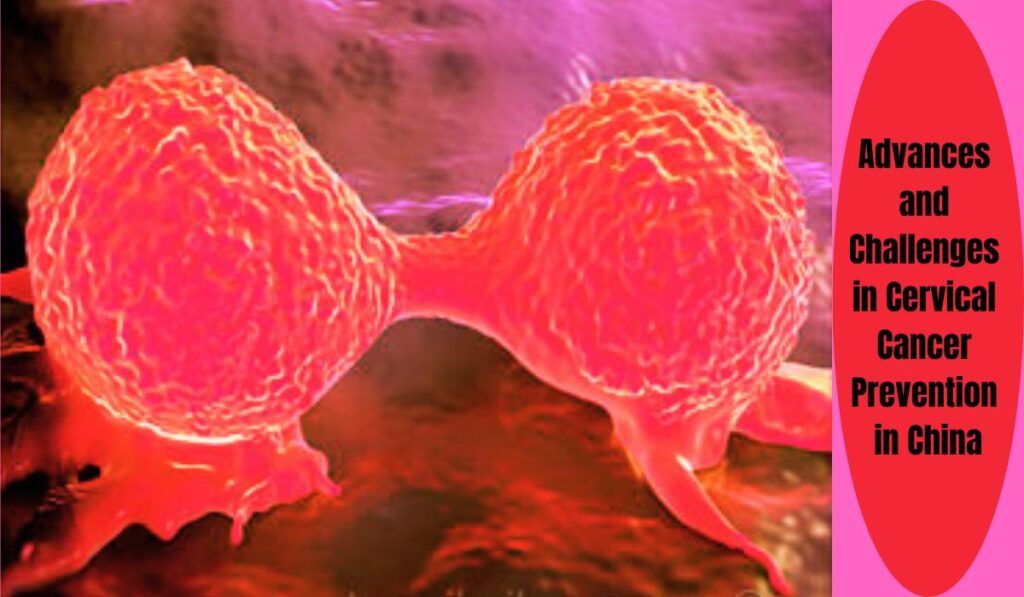Recent research has illuminated both the substantial progress made and the ongoing challenges faced in the prevention of cervical cancer in China, with particular emphasis on the rising incidence rates observed in rural areas.
This body of research underscores the pivotal role of the Human Papillomavirus (HPV) vaccine in combating cervical cancer, demonstrating its effectiveness in reducing infection rates and, consequently, the incidence of the disease.
Despite these advancements, the study reveals significant disparities in cancer prevention and treatment outcomes between urban and rural regions. Rural areas continue to experience higher rates of cervical cancer, attributed to factors such as limited access to healthcare facilities, lower vaccination coverage, and insufficient public health education.
To address these issues comprehensively, the research advocates for the development and implementation of robust public health strategies tailored to the diverse needs of different regions across China.
These strategies should focus on improving vaccine accessibility, enhancing screening programs, and increasing awareness and education about cervical cancer prevention. By addressing these challenges, China can work towards reducing the burden of cervical cancer and ensuring equitable healthcare access across all regions.
Key Findings
1. Rising Incidence and Mortality Rates:
- Increasing Rates: Cervical cancer rates are rising, especially in rural areas of China.
- Comparison: Though China’s overall rates are lower than the global average, they are higher compared to developed countries like the USA and UK.
2. HPV Vaccine Effectiveness:
- Critical Tool: The HPV vaccine is highly effective in reducing cervical cancer rates.
- Delay in Introduction: China introduced the HPV vaccine later than many other countries, impacting the overall vaccination coverage.
3. WHO’s “90-70-90” Strategy:
- Adoption: China is adopting the World Health Organization’s (WHO) “90-70-90” strategy, aiming to:
- 90% Vaccination: Achieve high HPV vaccination rates.
- 70% Screening: Screen at least 70% of the eligible population.
- 90% Treatment: Ensure that 90% of diagnosed cases receive appropriate treatment by 2030.
Challenges in Cervical Cancer Prevention
1. Vaccine Supply Constraints:
- Limited Supply: Insufficient vaccine availability affects coverage rates, particularly in rural areas.
2. Socioeconomic Barriers:
- Access Issues: Economic and geographic barriers hinder access to vaccines and screening programs.
3. Vaccine Hesitancy:
- Public Concerns: Misconceptions and fears about the vaccine contribute to low vaccination rates.
Recommendations for Improvement
1. Boost Vaccine Supply:
- Increase Availability: Ensure sufficient supply of the HPV vaccine across all regions.
2. Expand Screening Programs:
- Wider Coverage: Extend cervical cancer screening to more areas, especially underserved regions.
3. Enhance Treatment Facilities:
- Better Access: Improve treatment facilities to provide timely and effective care for those diagnosed with cervical cancer.
Path Forward
1. Comprehensive Public Health Strategies:
- Integrated Approach: Combine vaccination, screening, and treatment to tackle cervical cancer effectively.
2. International Collaboration:
- Global Efforts: Work with international partners to share best practices and resources.
3. Focus on Rural Areas:
- Targeted Interventions: Address the unique challenges faced by rural populations to reduce disparities in cervical cancer rates.
Conclusion
China has made significant strides in cervical cancer prevention but faces challenges that require urgent attention. By increasing HPV vaccination rates, expanding screening programs, and improving treatment facilities, China can make substantial progress toward eliminating cervical cancer as a public health issue. With continued effort and international cooperation, China aims to meet the WHO’s elimination targets within the next decade, marking a major advancement in global health security.
References:
- Cancer Biology & Medicine. (2024, March). Recent advancements and challenges in cervical cancer prevention in China. DOI:10.20892/j.issn.2095-3941.2023.0432
Source: Cancer Biology & Medicine
This article simplifies the key points and recommendations for cervical cancer prevention in China, using clear subheadings and bullet points for easy understanding.

